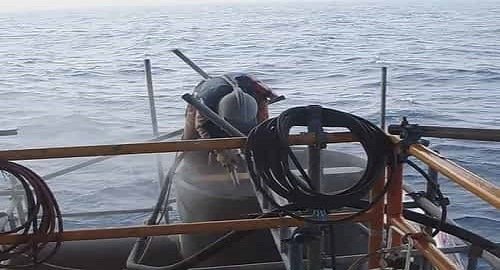GRIT BLASTING SAFETY
- Grit blasting on live equipment or plant can be hazardous and requires proper precautionary measures to control the associated hazards.
- Grit blasting in hazardous/restricted area shall be covered under Hot Work permit, which must be authorized prior to start the work
- The persons involved in grit/shot blasting activities must have required training to carry out such works.
- Filters must be used to prevent entry of oil mist or toxic substance in the air supply hose. Filters should be replaced from time to time.
- The couplings on air supply hose shall be properly pinned or wired together to prevent departing under high pressure.
- The couplings on air supply hose shall be properly pinned or wired together to prevent departing under high pressure.
- Grit/shot blast nozzles must be equipped with safety release grips, or “dead man grips” so the nozzle will shut off if dropped accidentally.
- Grit blasting on sub-sea line topside modification ensure drowning hazard and take safety measures.
- Grit/shot blasting equipment must be properly grounded (earthed) to prevent accumulation of static charges
- Ensure the provision & use of required protective equipment during the work:
- Grit blast hoods must be of approved design and duty.
- The workers deployed for assisting in grit blasting shall also wear safety goggles as minimum protection and face shields must be readily available at the site.
- Hearing protection is required if noise levels exceed 85 dBA (decibels).
- Grit blasting areas must be barricaded and partitioned to prevent grit/shot ingress into adjacent work areas
- Take account of wind direction and speed during grit blasting activities
- A separate procedure is to be developed involving concerned teams for grit blasting on the live wellhead.





